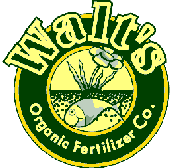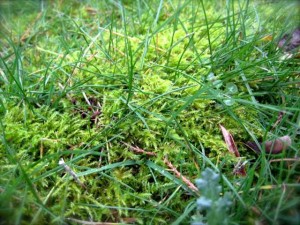Corn Gluten – An Effective Organic Herbicide
January 8, 2009 @ 8:03 pm
It was by accident 10 years ago that an Iowa researcher discovered the effectiveness of using corn gluten to suppress weeds. Since then, more organic lawn care companies and home owners are turning to corn gluten as a safe, organic way to control crabgrass, dandelions and other weeds in their yards.
What is corn gluten? It’s a byproduct of processing corn to make corn starch and corn syrup. Corn gluten, often available in powder or pellets, contains about 10 percent nitrogen.
How does it work? Corn gluten inhibits the root formation of sprouting seeds, according to Iowa State University researcher Nick Christians, who has been studying it for the past decade. “The weed will germinate and usually forms a shoot but does not form a root,” Christians says on his Web site.
Experts say timing is everything if you want to effectively control weeds. You have to get weeds as they’re germinating, broadcasting about 20 pounds per 1,000 square feet. After the weeds germinate, a short drying period is needed to kill the weeds that have sprouted but haven’t formed a root. If the area is too wet following the corn glutton application, the weeds will form a root and continue to grow. Here at Ecoyards, we spread corn gluten in mid March – or around the time forsythia bloom – and again around mid August, to control fall dandelions.
While corn gluten will work well on pre-emergent weeds, it won’t kill established weeds.
Some of the weeds controlled include crabgrass, dandelions, smart weed, redroot pigweed, purslane, lambsquarters, foxtail, and barnyard grass.
 Be sure to look for corn gluten that is produced from organically-grown corn. To find licensed dealers in the country: http://www.techtransfer.iastate.edu/en/for_industry/technology_search/cgm_licensees.cfm
Be sure to look for corn gluten that is produced from organically-grown corn. To find licensed dealers in the country: http://www.techtransfer.iastate.edu/en/for_industry/technology_search/cgm_licensees.cfm
In Seattle, Walt’s Organic Fertilizer Company is a good source for organic corn gluten: http://www.waltsorganic.com/
To read about the research behind corn gluten: http://www.hort.iastate.edu/gluten/
For more information, read the Northwest Coalition for Alternatives to Pesticides report: http://www.pesticide.org/pubs/alts/cgm/cornglutenmeal.html
Filed under Seattle Lawn Care Permalink · No Comments »




